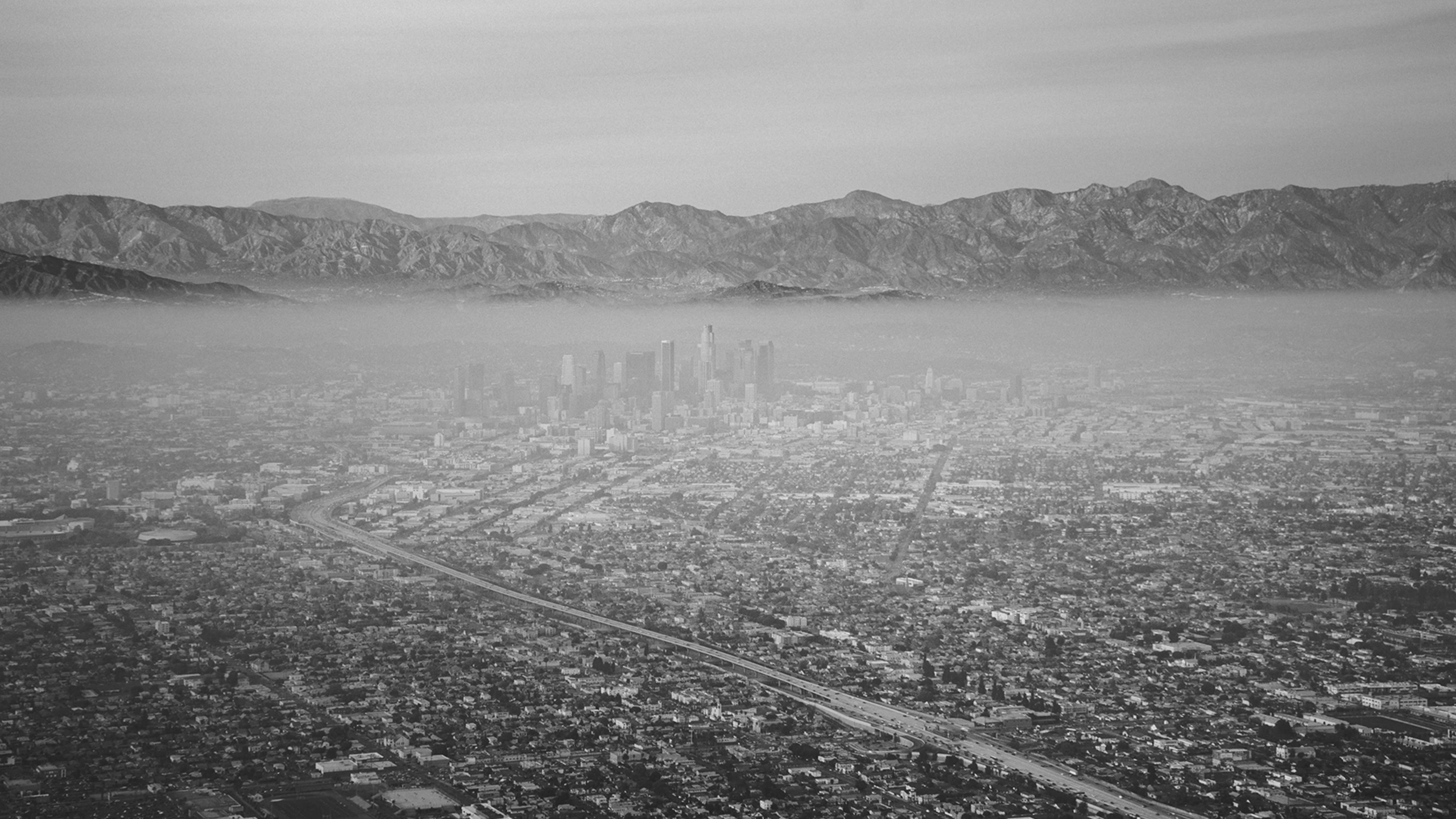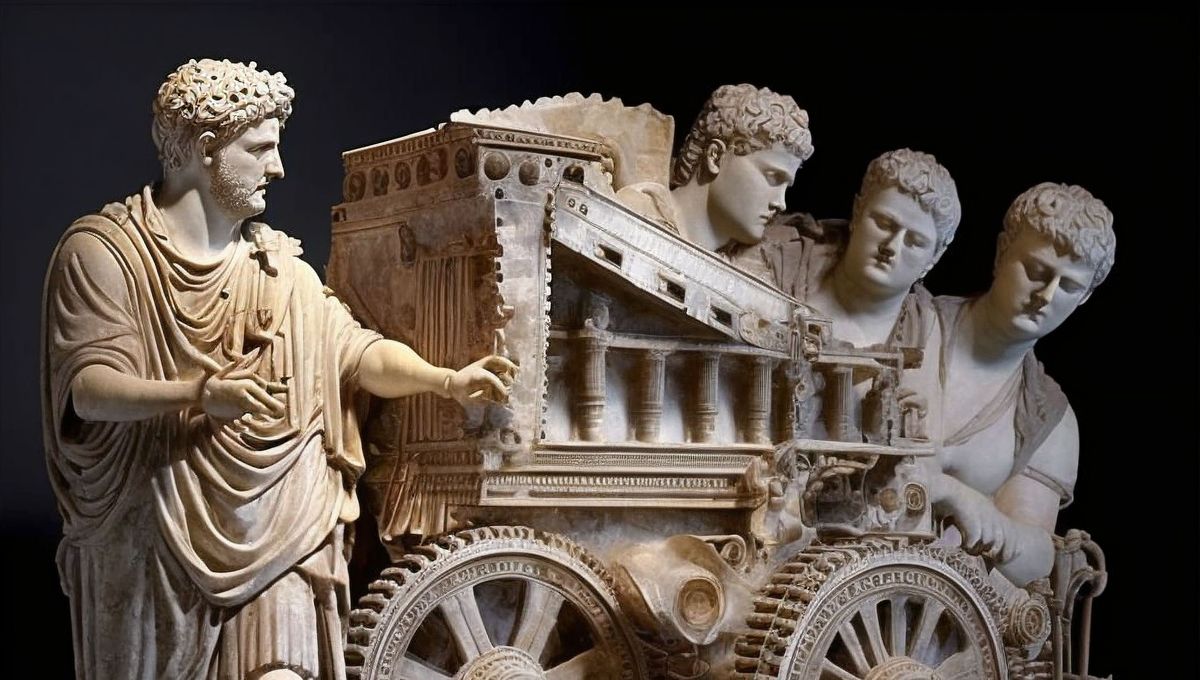The Fondation Palladio has sought to play a founding role by establishing an institute and inviting those involved in urban planning to come and discuss real estate and city planning issues. To this end, it organized a conference at the Senate at the end of 2010 that brought together over two hundred participants, including many leaders from companies in the fields most related to the conference’s theme. Michel Serres was invited to give the keynote speech and to put the debates in perspective.
Before a captivated audience, and with his inimitable talent, Serres laid out a potential area of focus. Cunningly placing the end of the Neolithic age in the middle of the 1970s, he made us realize that we should be focusing our attention on the emergence of a “Société des Urbains” (“Society of the Urban”), an expression of a new civilization dominated by urbanization, manifested by the creation of new types of virtualized spaces (“PaLoBru” for example, the large triangle that is Paris, London, and Brussels), whose urbanism must be reinvented.
Since then, the Fondation Palladio has dedicated its various annual events to the question of the future of this “Society of the Urban” in order to better understand nature, territories, and people, as well as customs and values that give society meaning and a collective dimension.
At the confluence of four revolutions
As Jean Viard pointed out, our descendants in the twenty-fourth century will look on the first fifty years of this century as a turning point in the history of the Earth. In fact, four revolutions will converge, causing a major shock that will impose a new world order different from the one we inherited.
First and foremost, longer life spans have changed the face of global demographics. While the demographic transition has meant that almost all countries are now seeing a declining birth rate, and, more importantly, a lower fertility rate, the decline in the mortality rate has allowed, in developed countries, four generations to share the same territory. Global population growth is now more due to this phenomenon than any issues relating to the birthrate, which has led to the emergence of a large population of seniors relative to that of young people who, in turn, face a revolution in the conditions according to which they replace their elders.
The second major focus relates to the urbanization of the planet, which will lead to a predicted population growth over the next fifty years equivalent to the level of predicted population growth in urban areas. This phenomenon is due both to the inability of rural civilization to absorb such growth, and conversely, to the ability of cities to create economic development and activity on the basis of the exchange and accumulation of knowledge. Pierre Veltz posits a post-industrial economy of proficiency and exchange which establishes the urban phenomenon as the engine of economic development to meet the forthcoming demographic challenge.
This is also why the third revolution that we face during this period is that of sustainable and responsible development. The global growth that is linked to higher life expectancy (notwithstanding major disasters) must be combined with a concentration in urban areas. The confrontation with natural resources, the mastery of an “urban metabolism” that is at risk of major destabilization, the optimized management of collective resources are all urgent issues along with a serious examination of the reckless and wasteful practices in relation to public goods. A more responsible development path is needed if we want to prevent urban growth from leading to catastrophe and chaos. Yet an urban solution, due to its density, is also perhaps the only answer to controlling global growth.
Lastly, the digital revolution, and in particular the dematerialization of the number of exchanges that it makes possible, has led to an accelerated disruption of individuals’ relationships to the physical and spatial dimension of their existence, but also in terms of the distance and therefore the time that is necessary for the exercise of their activities. The understanding of these new technologies and the importance of innovations that arise from them will transform the notion of “limits” and “territories” based on which previous generations were required to confine their exchanges. The redefinition of space-time, mobility, and the speed of exchanges, has exploded the notion of the city, which is physically defined due to its role as a place of exchange. It does not, however, generate a city “above ground,” but demands instead the redefinition of public space, of physical exchange, of a collective identity, and of a new urbanism.








